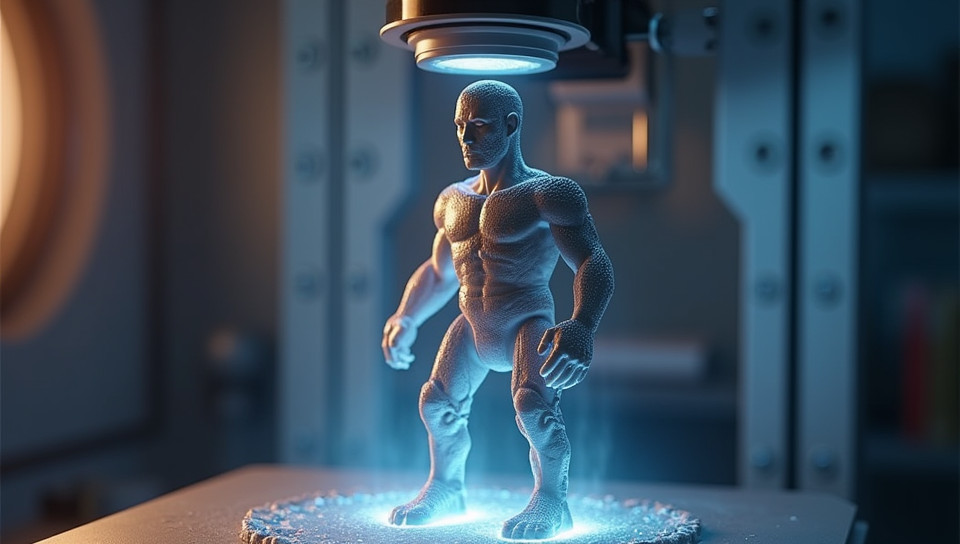High temperatures required in 3D printing cause safety concerns 87%

High Temperatures, High Risks: The Safety Concerns Surrounding 3D Printing
As technology continues to advance and 3D printing becomes increasingly prevalent in various industries, concerns about its safety have grown louder. One of the primary factors contributing to these concerns is the high temperatures required for the process. In this article, we will delve into the world of 3D printing and explore the potential risks associated with its high-temperature operation.
The Basics of 3D Printing
Before we dive into the safety concerns surrounding 3D printing, it's essential to understand the basics of the technology. 3D printing is an additive manufacturing process that creates objects by layering materials such as plastics, metals, and ceramics. This process requires high temperatures to melt and solidify the material.
The Risks Associated with High Temperatures
The high temperatures required for 3D printing pose several safety risks, including:
- Burns from exposed hot surfaces or molten metal
- Fire hazards due to overheating of materials or electrical components
- Inhalation of toxic fumes from melted plastics or other materials
- Eye damage from flying debris or sparks
Safety Precautions and Regulations
While the risks associated with high-temperature 3D printing are significant, there are steps that can be taken to mitigate them. Manufacturers and users must prioritize safety by implementing proper ventilation systems, using protective gear such as gloves and goggles, and following established safety protocols.
The Future of 3D Printing: A Safer Tomorrow?
As the technology continues to evolve, it's essential that manufacturers and regulatory bodies work together to develop safer and more efficient 3D printing processes. This may involve exploring alternative materials that do not require high temperatures or developing new safety features such as automatic fire suppression systems.
Conclusion
The high temperatures required for 3D printing pose significant safety concerns, from burns and fires to inhalation of toxic fumes. However, by prioritizing safety, implementing proper precautions, and working towards a safer future, we can minimize these risks and ensure that 3D printing continues to be a valuable tool in various industries. As the technology advances, it's crucial that we stay vigilant and proactive in addressing its potential hazards.
- Created by: Mohammed Ahmed
- Created at: Aug. 11, 2024, 10:45 p.m.
- ID: 6850






